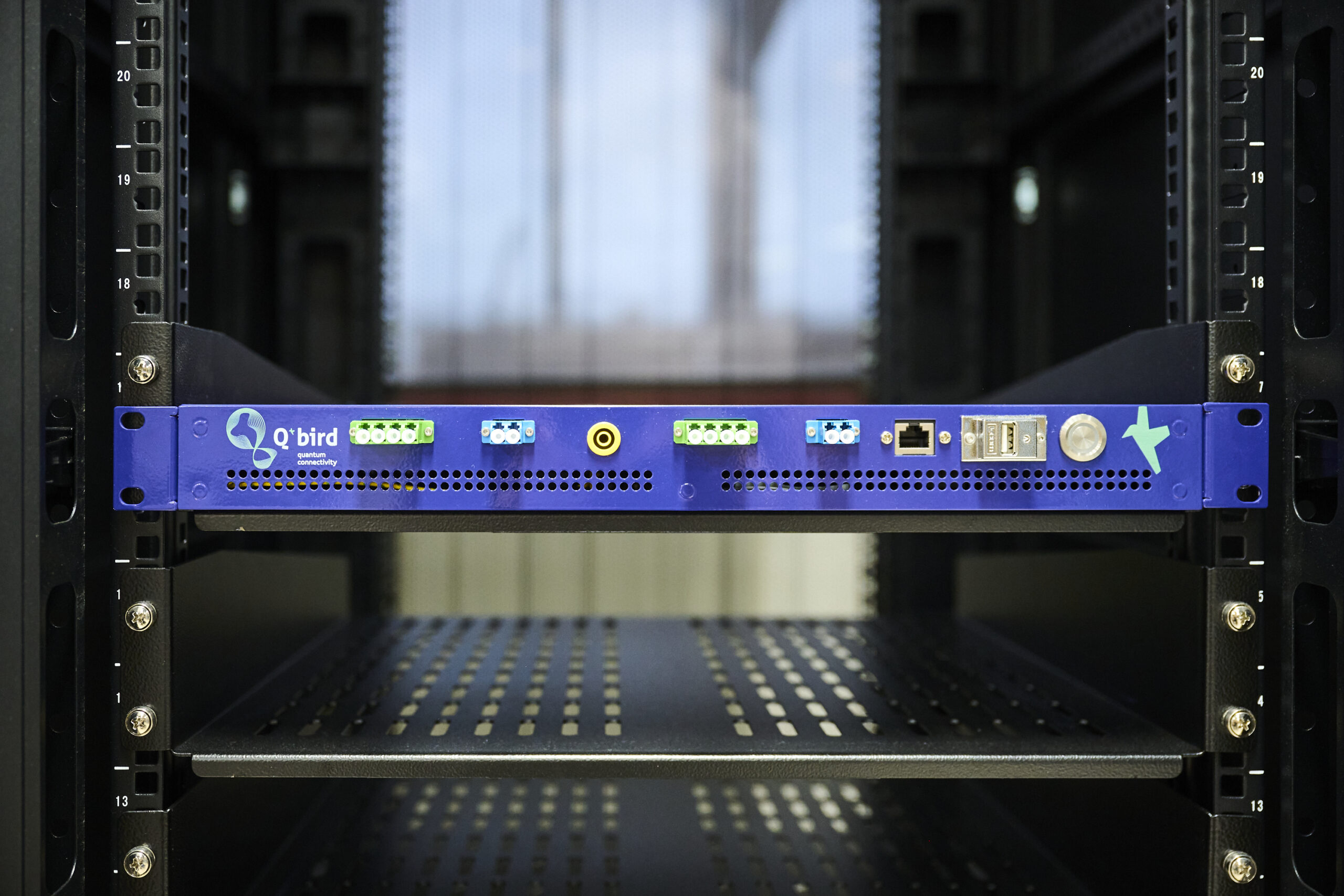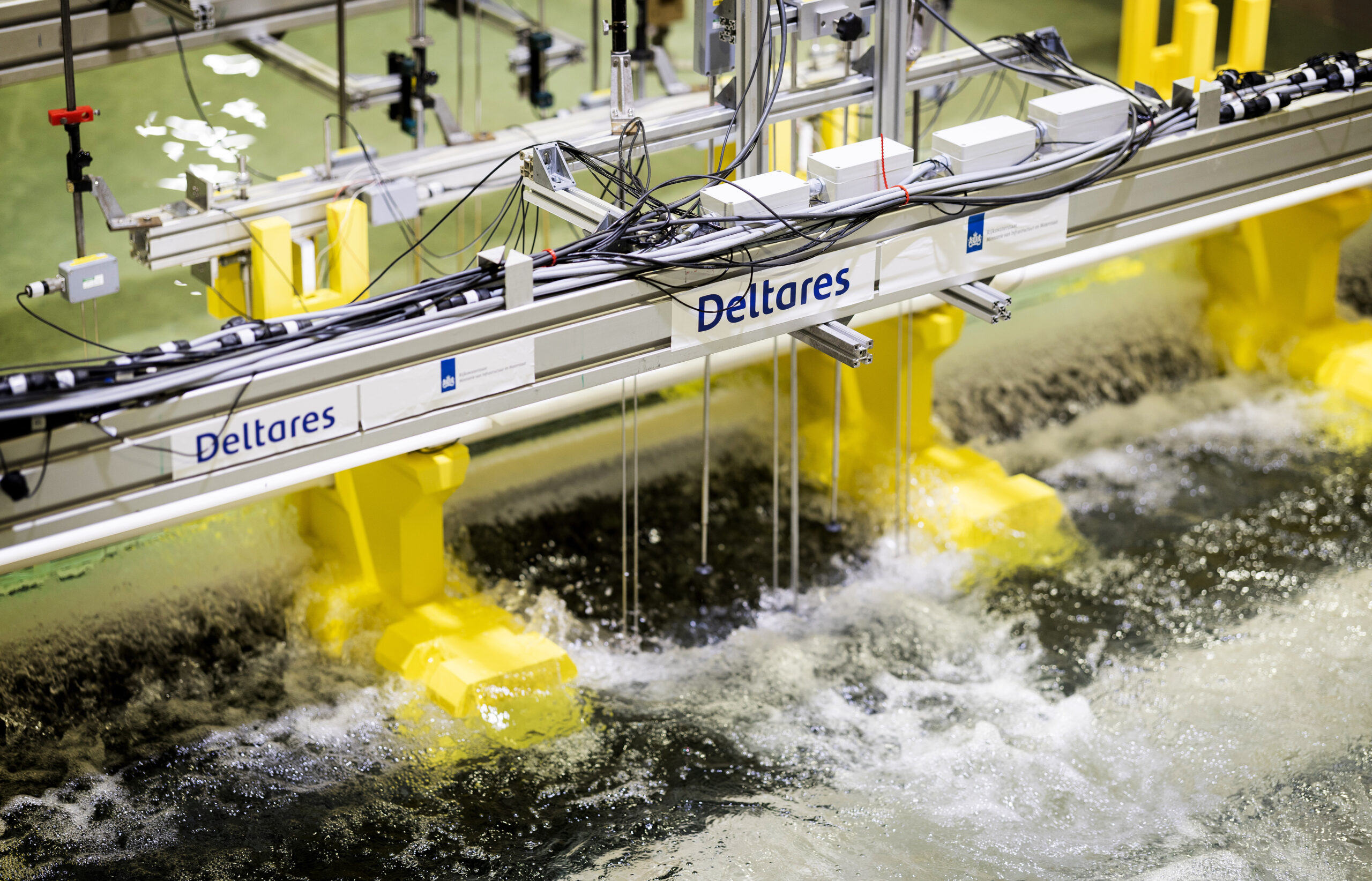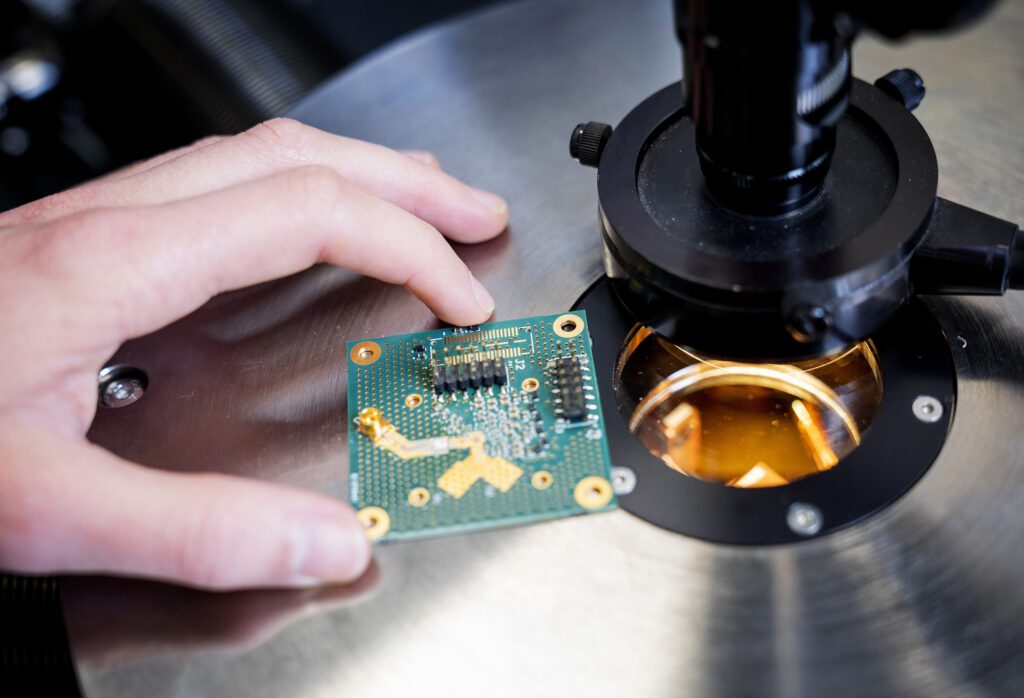
Offshore company GBM Works, which has developed a revolutionary method for a much quieter and faster installation of wind turbines at sea, has received a subsidy of 1.8 million euros from the RVO. This will enable a prototype to be built. The company is also participating in a large offshore innovation project, in which various innovative installation methods are being tested in practice.
Currently, the piles of wind turbines (so-called monopiles) are driven into the seabed, which leads to a lot of noise pollution – and therefore environmental damage – under water. Contractors therefore often work with noise-reducing measures such as ‘bubble screens’, but these are expensive and take time.
Combination of waterjet and vibration
GBM Works, a spin-off from Delft University of Technology, has developed a method for anchoring wind turbines in the seabed almost without noise. A waterjet is used to liquefy the soil on the inside of the tube. In combination with vibrating the pile, this removes the resistance and the monopile sinks easily into the ground.
The new foundation method was tested last fall on the Maasvlakte and the results are convincing. In addition to a significant reduction in noise pollution, the patented Jet-gun installation technology appears to work twice as deep and four times as fast. The associated simulation model has also now been validated. It provides an accurate prediction of the desired depth, speed and corresponding machine settings. This is important, because costs at sea can quickly mount up if unexpected things happen.
New technology important for achieving climate targets
Founder and Director Ben Arntz: “In the coming years many wind turbines will be placed at sea to achieve the EU climate targets. However, the construction has an enormous impact on marine life. In particular, the noise under water causes a lot of nuisance for the environment. With our technology, we not only ensure that the environmental nuisance disappears, it also makes construction faster and therefore cheaper.”
Thanks to the grant, GBM Works can further develop their silent and patented installation method technically. The goal is a prototype that is able to penetrate both hard clay and sandy soils.
Interest from offshore companies
The technology of GBM Works has now attracted the attention of Dutch companies active in offshore wind energy. GROW, a research programme in offshore wind aimed at quickening innovations, has asked the spin-off to participate in the SIMOX project, in which several innovative installation methods are being tested. TU Delft is one of the knowledge partners within GROW.
Read more here: Towards a renewable offshore energy system



